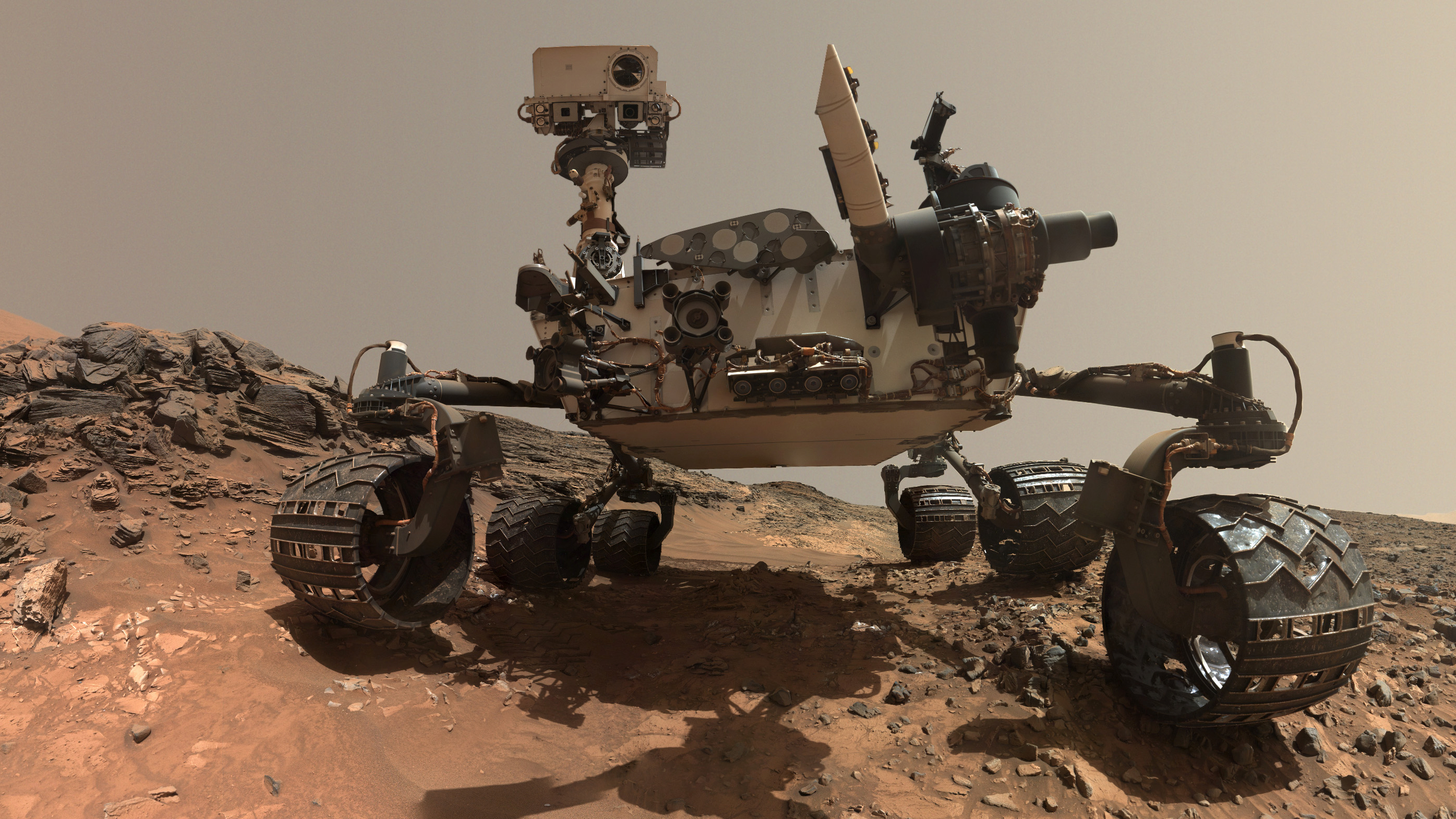Here's what we've learned from Nasa's Curiosity rover in its four years on Mars
Happy Marsiversary, Curiosity!

On 6 August 2012, a one-tonne, nuclear-powered, robot hit the red dust of the Martian surface. Its name was Curiosity. With a hum of electronics, it unfolded its instruments and began an exploration mission unlike any that had come before.
The primary goal was to find evidence about whether Mars has ever harboured conditions that were conducive to life in its simplest forms. Just seven months after landing, that task was complete - Curiosity quickly discovered evidence of oxygen, nitrogen, hydrogen, sulphur, phosphorous and carbon: all the chemical ingredients and energy necessary to support microbial life.
Ancient Lakes
But its mission has continued since and now, four years (1421 Martian days) later, we now know a vast amount more about the Red Planet than we did beforehand - thanks chiefly to Curiosity.
"It's been a great four years," says planetary scientist John Bridges from the University of Leicester, who works as part of the Nasa science team.
"The old idea of Mars as a simple basaltic planet that experienced a few catastrophic floods has been disproved," he added.
"We have encountered ancient lakes and a silica rich crust. Our laser – ChemCam – has made over 350,000 shots on Mars and we are busily interpreting the data."
Curiosity's mission was originally scheduled to end this year, but its instruments and plutonium power source are in fine working order. As such, the order was recently given to extend its mission a further two years.
Get daily insight, inspiration and deals in your inbox
Sign up for breaking news, reviews, opinion, top tech deals, and more.
Going Strong
Most of that time will be spent further exploring Mount Sharp - officially known as Aeolis Mons - a 5.5km high mountain that's a little smaller than Mount Kilimanjaro on Earth. It's hoped that the rover's instruments can find more information about the history of the planet on its slopes.
After those two years are up, no one is sure yet what'll happen. But it's worth noting that Nasa's older Opportunity rover, which landed in 2004, is still going strong more than 12 years after the end of its primary mission. It's entirely probable that Curiosity will be sending back fascinating data for years to come.
- Duncan Geere is TechRadar's science writer. Every day he finds the most interesting science news and explains why you should care. You can read more of his stories here, and you can find him on Twitter under the handle @duncangeere.
